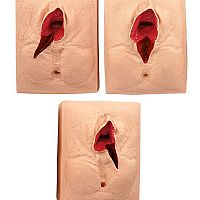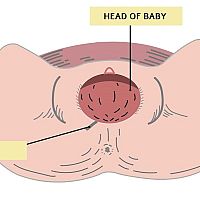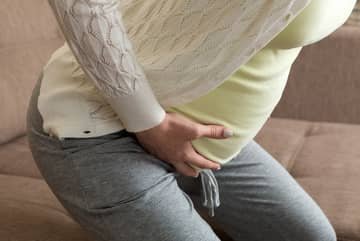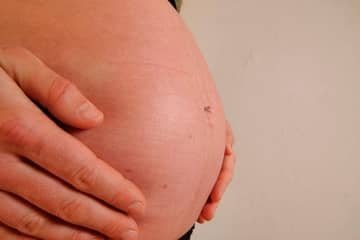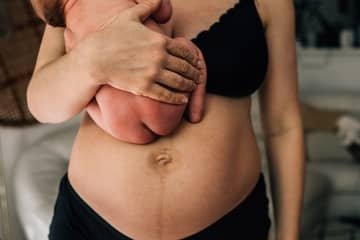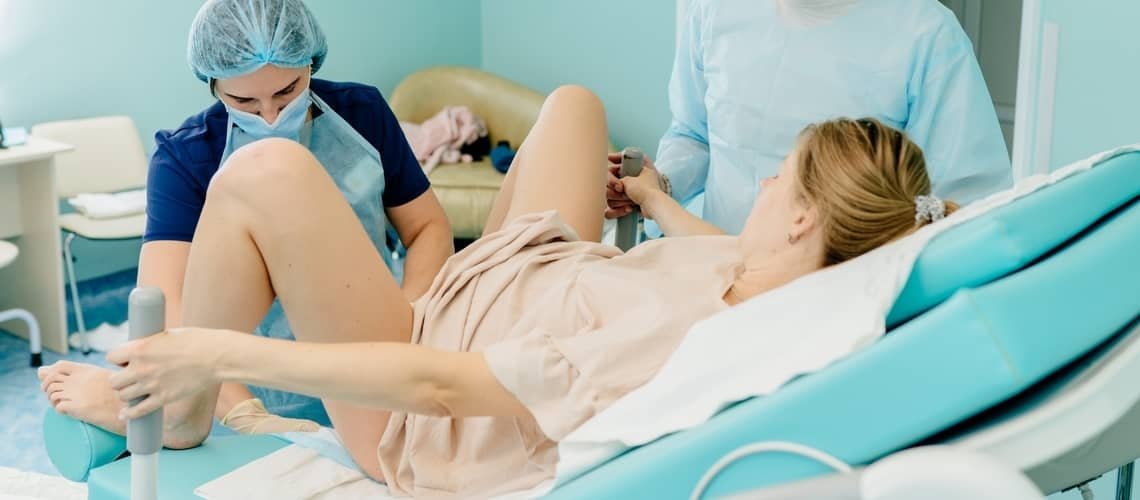
Incision of the Perineum (episiotomy) during childbirth. What does it look like and how long does it take to heal?
The vast majority of women are afraid of childbirth and all its aspects, which include possible additional scars in the form of a wound after a tear or incision of the perineum. This fear is completely understandable and especially justified, because the healing of the wounds can potentially complicate the care of the baby in the first weeks after birth, which leads to excess stress, which the new mother definitely does not need in her postpartum life.
In the following paragraphs of our article, we will talk about the circumstances under which the incision of the perineum occurs, what an episiotomy is, how this surgical procedure takes place, and what the healing of the resulting scar consists of.
What is an episiotomy?
They protect themselves from gynecological or from an obstetric point of view, it means the part of the female body between the vagina and the anus. During childbirth, the perineum is exposed to great pressure in the form of the head of the arriving baby, which can lead to damage to this part of the body. In order to avoid such a painful tearing of the perineum, doctors in certain situations, when real damage to the perineum in the mother is at risk, choose the so-called episiotomy, i.e. surgical cutting of the perineum.
The incision during childbirth serves as an enlargement of the vaginal opening, while it involves the creation of a controlled wound, the healing of which is much easier than in the case of an unwanted tear. The difference between tearing and cutting the dam is in the wound itself, which is uneven and more serious in the case of a tear, while the cut creates a wound with smooth edges.
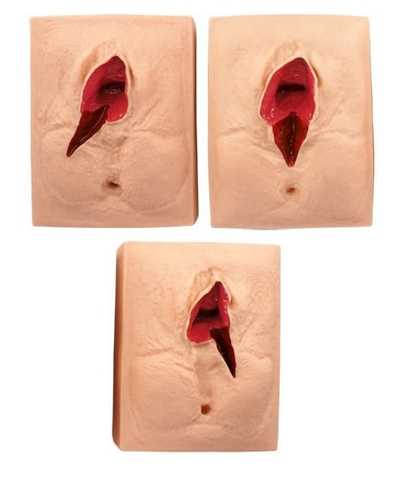
When should an incision be made during childbirth?
Episiotomy is performed during vaginal birth only in necessary situations, which are assessed by the doctors themselves. Most often, however, this intervention in the woman's body is caused by the wrong position of the baby when it comes into the world. This can lead not only to difficulties during childbirth in the form of damage to the perineum, but also to complications with the baby's breathing, which significantly increases the need for an incision in the perineum.
Other indicators leading to cutting of the perineum include situations when the fetus is too large compared to the original size of the vaginal opening, or premature births, in which case the woman's body does not have enough time to fully prepare for the arrival of the baby. In premature births, incision of the perineum is indicated relatively often.
However, the doctor may also favor an incision during childbirth if the mother has a high and firm perineum, which somehow does not "cooperate" during childbirth, but also if there are problems with controlling the pressure. In all the situations listed above, despite the episiotomy, consequences can occur in the form of injury to the cervix, vagina and perineum.
Vaginal injuries are more common in mothers who have problems with vaginal infections during pregnancy. Any such injury is treated after birth with a combination of local anesthesia and self-absorbing sutures.
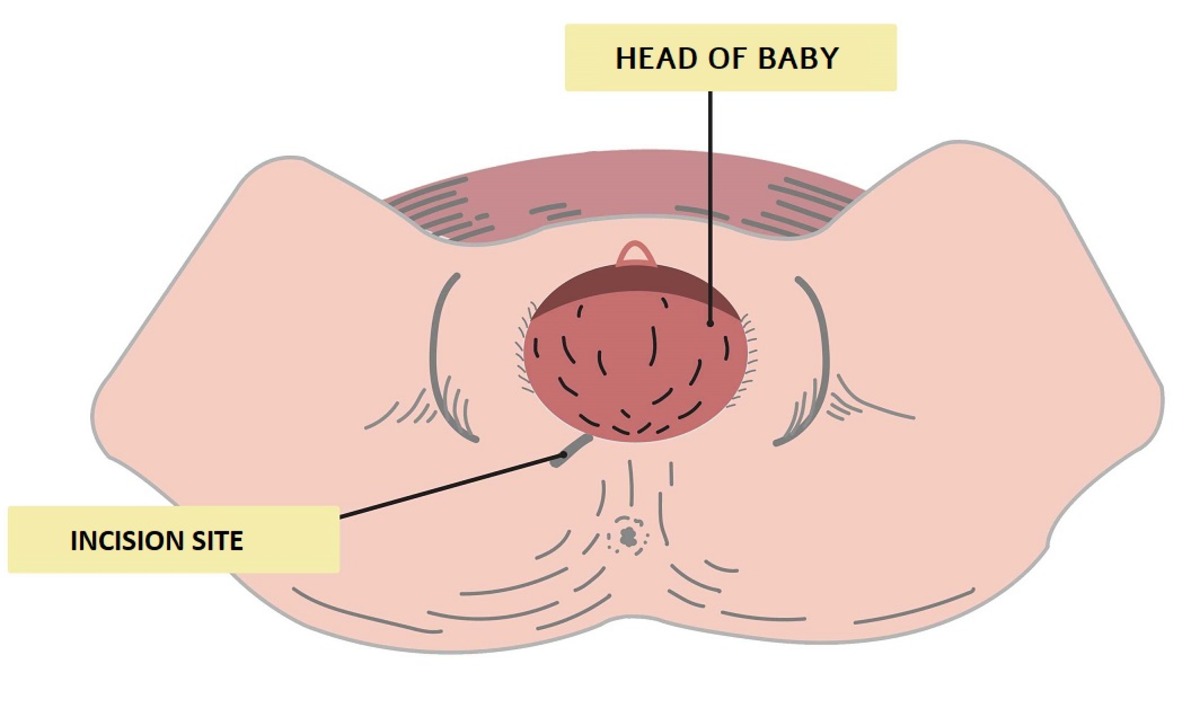
What does the cut of the embankment look like?
The incision of the perineum is performed in necessary situations with the help of special scissors during the contraction, when there is a natural tension of the perineal area. Usually, the vaginal opening is cut diagonally to the side, while due to the maximum tension of the perineum, the mother should not feel this operation at all.
However, if there are complications with an undeveloped perineum, which lead doctors to perform an instrumental delivery, and thus with the help of various obstetric tools, such as forceps, it is necessary to anesthetize the incision site, due to a more extensive episiotomy.
Then comes the next step, which is suturing after childbirth, which is performed by doctors immediately after the birth of the baby, delivery of the placenta and subsequent control of the birth canal in order to avoid overlooking any damage to the internal genitals of the mother, which could potentially have happened during the laborious birth.
Suturing is done using sutures that are self-absorbing after a certain time, so the mother does not have to go back to the hospital or to her doctor to have them removed after the perineum has healed and united.
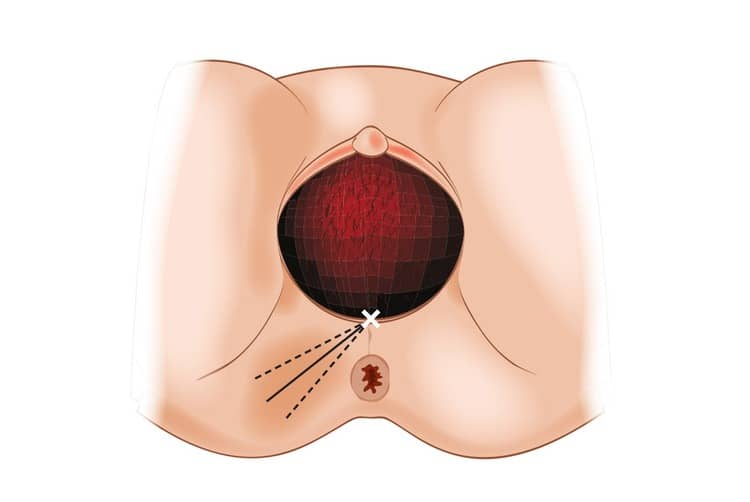
The course of healing after dam incision
Despite the fact that in the case of a cut during childbirth, it is an easier wound to heal than when this part of the body is torn, healing cannot be considered a simple process. The time horizon depends on the size of the wound. However, the most important thing is to realize that, as is the case with fresh wounds, they are very susceptible to infections. All the more so if they are located in such a sensitive place that is daily exposed to the excretory process of the human body.
Therefore, it is especially recommended to pay great attention to hygiene. The scar after the perineal incision must be thoroughly cleaned with clean water, intimate soap or washing gel intended for intimate parts, several times a day. Healing takes place more easily and without major pain if you apply cold compresses or cold water to the wound directly during the shower.
Sanitary napkins, which new mothers often wear after childbirth due to the excretion of postpartum secretions, should, of course, be changed regularly at least every two hours. The wound must also be ventilated during the sixth week, which can be achieved by using breathable maternity pads and mesh or cotton underwear.
Do not forget to take in a sufficient amount of fluids, which soften the consistency of the stool, which also results in grateful relief of the dam. However, if liquids do not help with these difficulties, you can also use effective glycerin suppositories in the first days. During the healing of a fresh scar, but also after the healing of the dam, you can apply various types of creams and gels specifically designed for the healing of this type of scars to the wound by massaging it.
Massage of the perineum before birth as prevention?
Perineum massages are recommended to be performed four to eight weeks before the due date in order to prevent a potential tear or necessary incision of the perineum. The perineum massage procedure consists of using a special oil for perineum massage or another preparation in the form of a lubricating gel, olive or baby oil, and then inserting the painted fingers into the vagina with the aim of massaging the perineum with movements in the shape of the letter "U".
Of course, even the introduction of such measures does not exclude the eventual need to cut the perineum during childbirth to 100 percent. After all, this decision is in the hands of the doctor himself, who must evaluate the situation and the necessity of this intervention during childbirth.
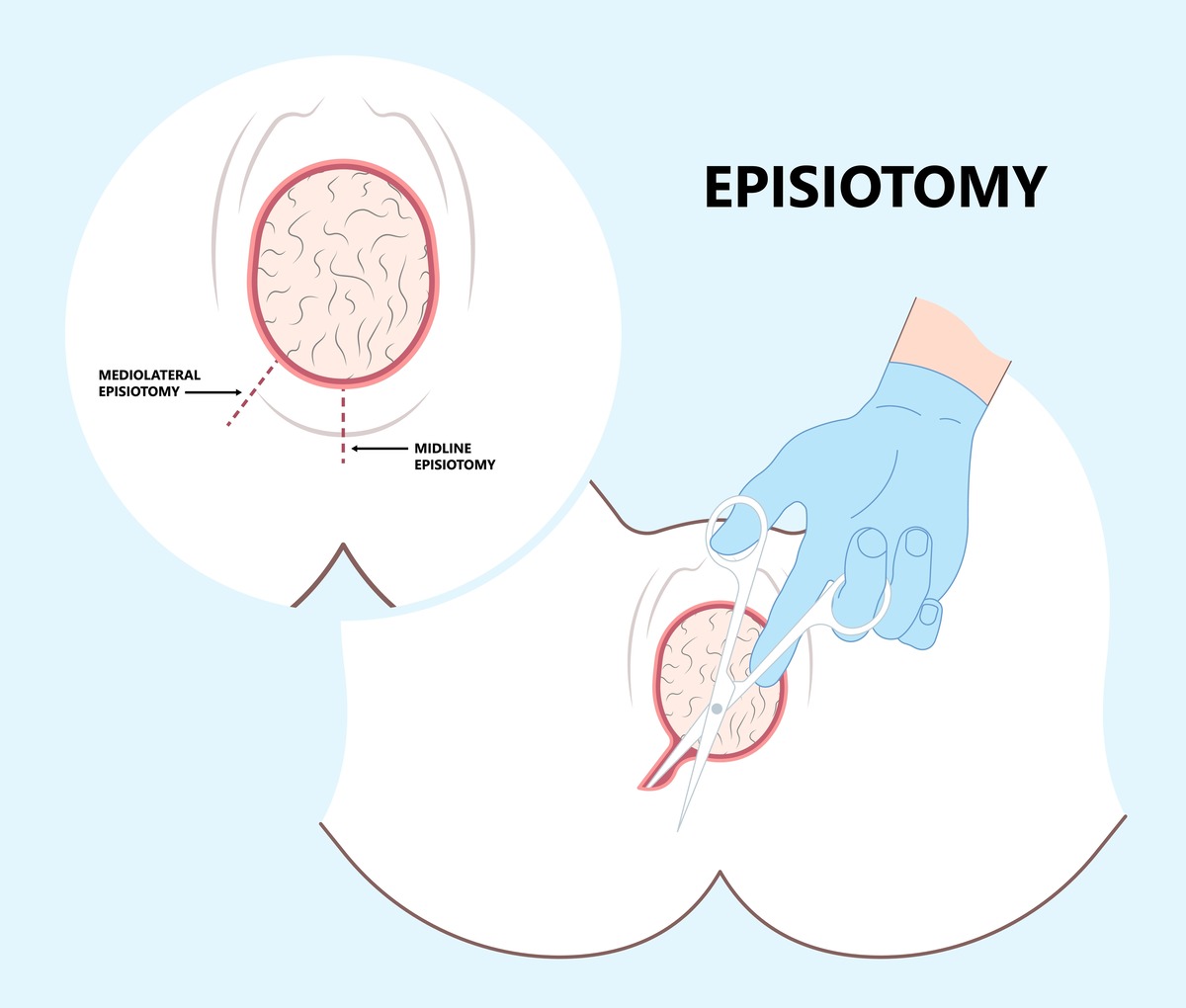
Episiotomy - experience
Experiences with perineal incisions vary from case to case, and while some women have gone through three births without any complications related to the elasticity of the perineum, others have not avoided the procedure. There are also different experiences with suturing a cut wound in the perineum area. While some mothers needed only two stitches and the sewing was completed within 15 minutes, others had problems after the incision, which led to a lengthy process of suturing the wound. It must be kept in mind that cutting the dam is not a simple surface injury.
Whether the incision becomes a reality during your birth or not, it should be noted that sometimes the incision occurs not so much because of the necessity of performing this procedure, as because of the convenience of doctors who want to speed up the birth in this way.
Experienced mothers therefore recommend carefully choosing the maternity hospital, as well as the doctor himself, with whom you can be sure that he will not choose an easier path during your birth for your own good at the expense of your painless postpartum recovery.
The most frequent questions - FAQ
Do you feel that you did not find everything you were looking for in our article? Do not despair, because we have prepared for you in the question and answer section some other essential information in connection with the incision of the perineum during childbirth. However, if even this part of the article does not contain the information you need, do not hesitate to ask us your questions in the comments section. We always try to answer them as soon as possible.
What should I do if my perineal area hurts while sitting?
Can there be any complications after an episiotomy?
In addition to massaging the perineum, are there other ways to prevent cutting of the perineum during childbirth?
Gallery
Pridať komentár

